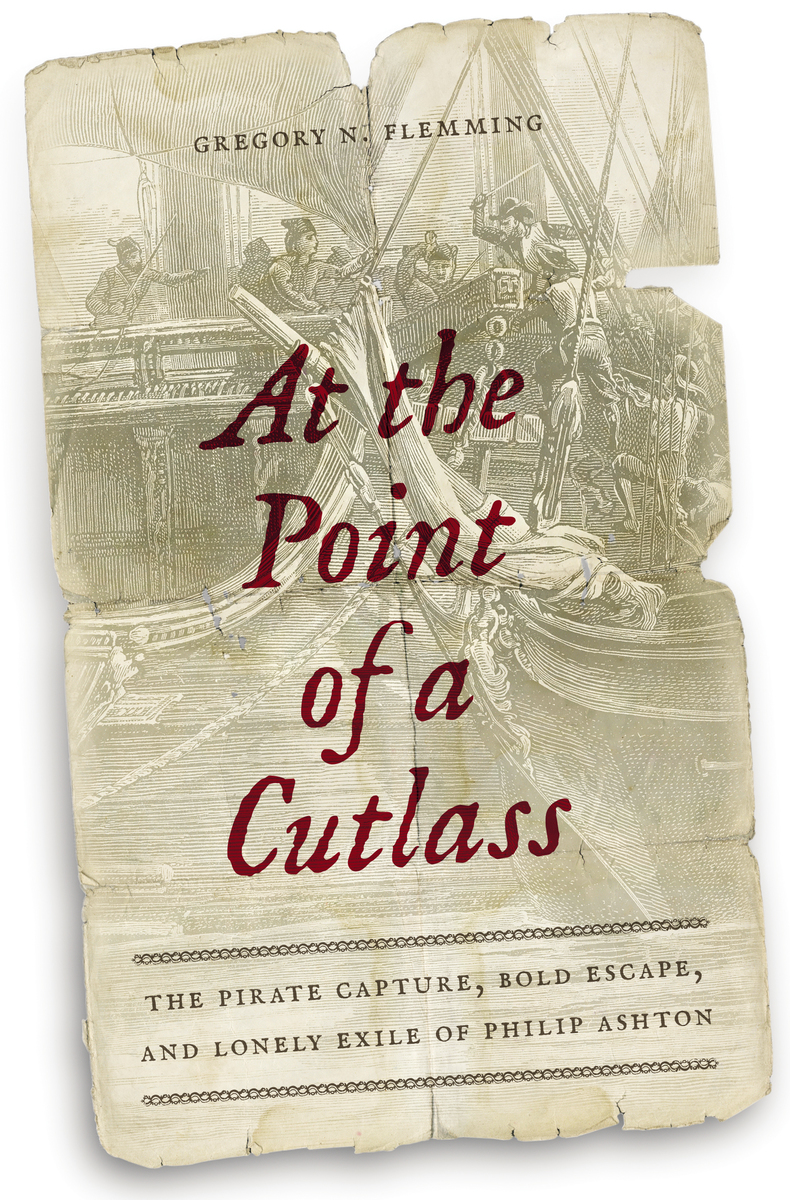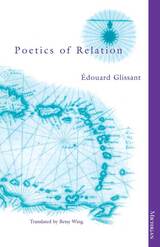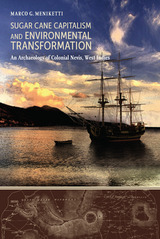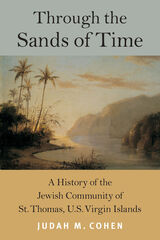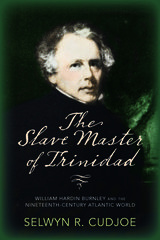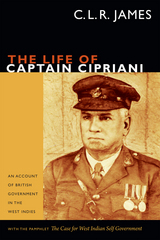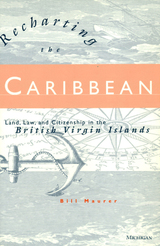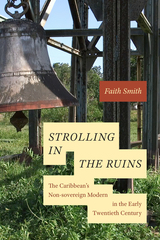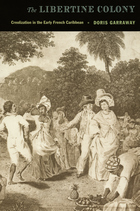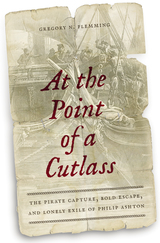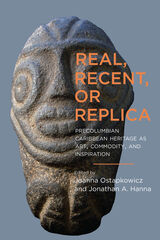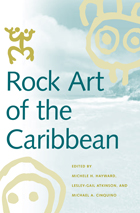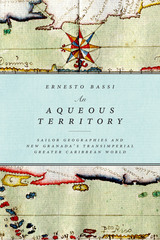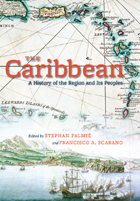At the Point of a Cutlass: The Pirate Capture, Bold Escape, and Lonely Exile of Philip Ashton
University Press of New England, 2015
Cloth: 978-1-61168-515-2 | Paper: 978-1-61168-780-4 | eISBN: 978-1-61168-562-6
Library of Congress Classification F2161.A83F54 2014
Dewey Decimal Classification 972.8303092
Cloth: 978-1-61168-515-2 | Paper: 978-1-61168-780-4 | eISBN: 978-1-61168-562-6
Library of Congress Classification F2161.A83F54 2014
Dewey Decimal Classification 972.8303092
ABOUT THIS BOOK | AUTHOR BIOGRAPHY | REVIEWS | TOC
ABOUT THIS BOOK
A handful of sea stories define the American maritime narrative. Stories of whaling, fishing, exploration, naval adventure, and piracy have always captured our imaginations, and the most colorful of these are the tales of piracy. Called America’s real-life Robinson Crusoe, the true story of Philip Ashton—a nineteen-year-old fisherman captured by pirates, impressed as a crewman, subjected to torture and hardship, who eventually escaped and lived as a castaway and scavenger on a deserted island in the Caribbean—was at one time as well known as the tales of Cooper, Hawthorne, and Defoe. Based on a rare copy of Ashton’s 1725 account, Gregory N. Flemming’s vivid portrait recounts this maritime world during the golden age of piracy. Fishing vessels and merchantmen plied the coastal waters and crisscrossed the Atlantic and Caribbean. It was a hard, dangerous life, made more so by both the depredations and temptations of piracy. Chased by the British Royal Navy, blown out of the water or summarily hung when caught, pirate captains such as Edward Low kidnapped, cajoled, beat, and bribed men like Ashton into the rich—but also vile, brutal, and often short—life of the pirate. In the tradition of Nathaniel Philbrick, At the Point of a Cutlass expands on a lost classic narrative of America and the sea, and brings to life a forgotten world of ships and men on both sides of maritime law.
See other books on: Adventurers & Explorers | Ashton, Philip | At | Pirates | Point
See other titles from University Press of New England
